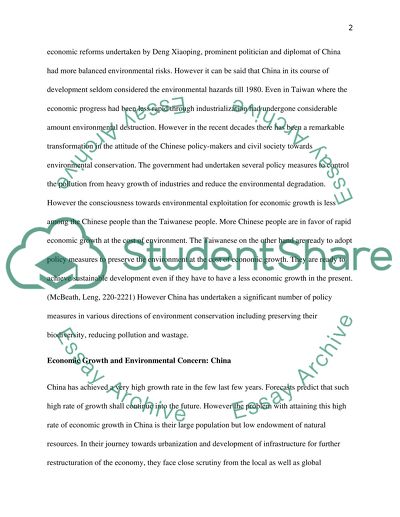Cite this document
(“Economic Growth and Environmental Conservation in Developing Essay”, n.d.)
Retrieved from https://studentshare.org/macro-microeconomics/1422259-economic-growth-and-environmental-conservation-in-developing-countries-case-of-china
Retrieved from https://studentshare.org/macro-microeconomics/1422259-economic-growth-and-environmental-conservation-in-developing-countries-case-of-china
(Economic Growth and Environmental Conservation in Developing Essay)
https://studentshare.org/macro-microeconomics/1422259-economic-growth-and-environmental-conservation-in-developing-countries-case-of-china.
https://studentshare.org/macro-microeconomics/1422259-economic-growth-and-environmental-conservation-in-developing-countries-case-of-china.
“Economic Growth and Environmental Conservation in Developing Essay”, n.d. https://studentshare.org/macro-microeconomics/1422259-economic-growth-and-environmental-conservation-in-developing-countries-case-of-china.


